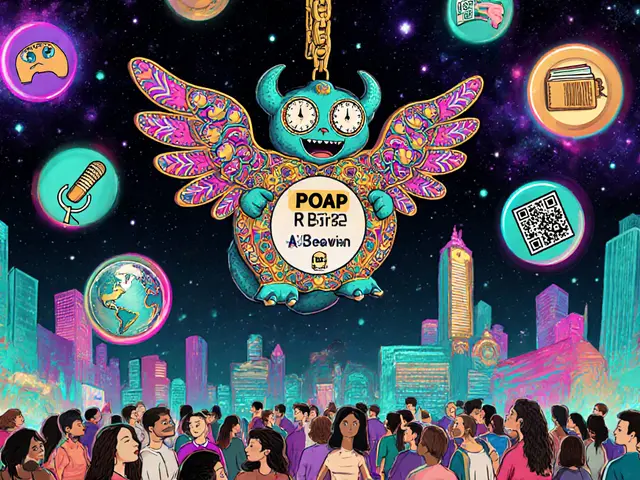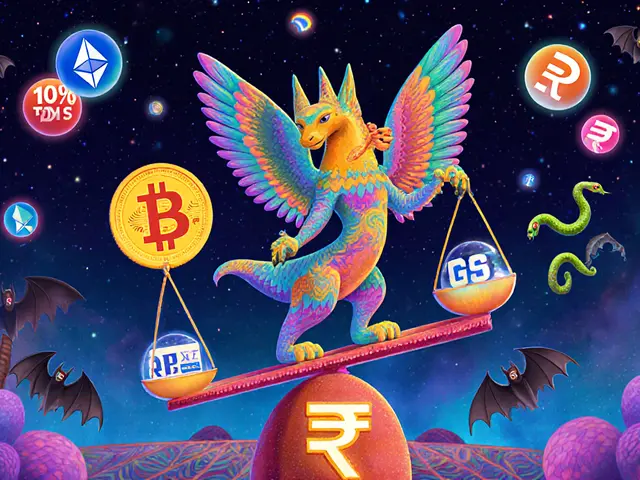RWA Tokenization: Real-World Assets on Blockchain Explained
When you hear RWA tokenization, the process of turning physical assets like real estate, bonds, or commodities into digital tokens on a blockchain. Also known as tokenized real-world assets, it’s not just a buzzword—it’s changing how money moves behind the scenes. Think of it like slicing a house into 1,000 digital pieces, each owned by someone around the world. No lawyers, no paper trails, just code that proves who owns what.
This isn’t fantasy. The EU’s MiCA regulations are pushing firms in Cyprus to adopt RWA tokenization because it makes asset trading faster, cheaper, and open to more people. Meanwhile, security tokens—another key player here—are already letting everyday investors buy fractions of office buildings or wind farms that used to require millions in upfront cash. These tokens aren’t like Bitcoin or Dogecoin. They’re tied to real value, regulated under financial laws, and designed to be held, not gambled on.
And it’s not just about money. RWA tokenization enables things like 24/7 trading of assets that used to settle in days, or instant ownership transfers without middlemen. You see it in posts about security tokens, digital representations of traditional financial instruments like stocks or bonds, issued and managed on blockchain networks, and how they’re boosting liquidity compared to old-school markets. It’s also tied to blockchain asset trading, the buying and selling of tokenized real-world assets using decentralized platforms, where you don’t need a bank to approve your trade—just a wallet and a clear title.
What you’ll find here isn’t hype. These posts cut through the noise. You’ll read about how Cyprus firms are adapting to new rules, how security tokens are reshaping liquidity, and why some so-called "tokenized" projects are just dead ends with zero trading volume. You’ll see real examples—like what happens when a fan token has no circulating supply, or when a DeFi project vanishes overnight. This isn’t about guessing the next moonshot. It’s about understanding what’s actually working, who’s behind it, and where the risks hide.










